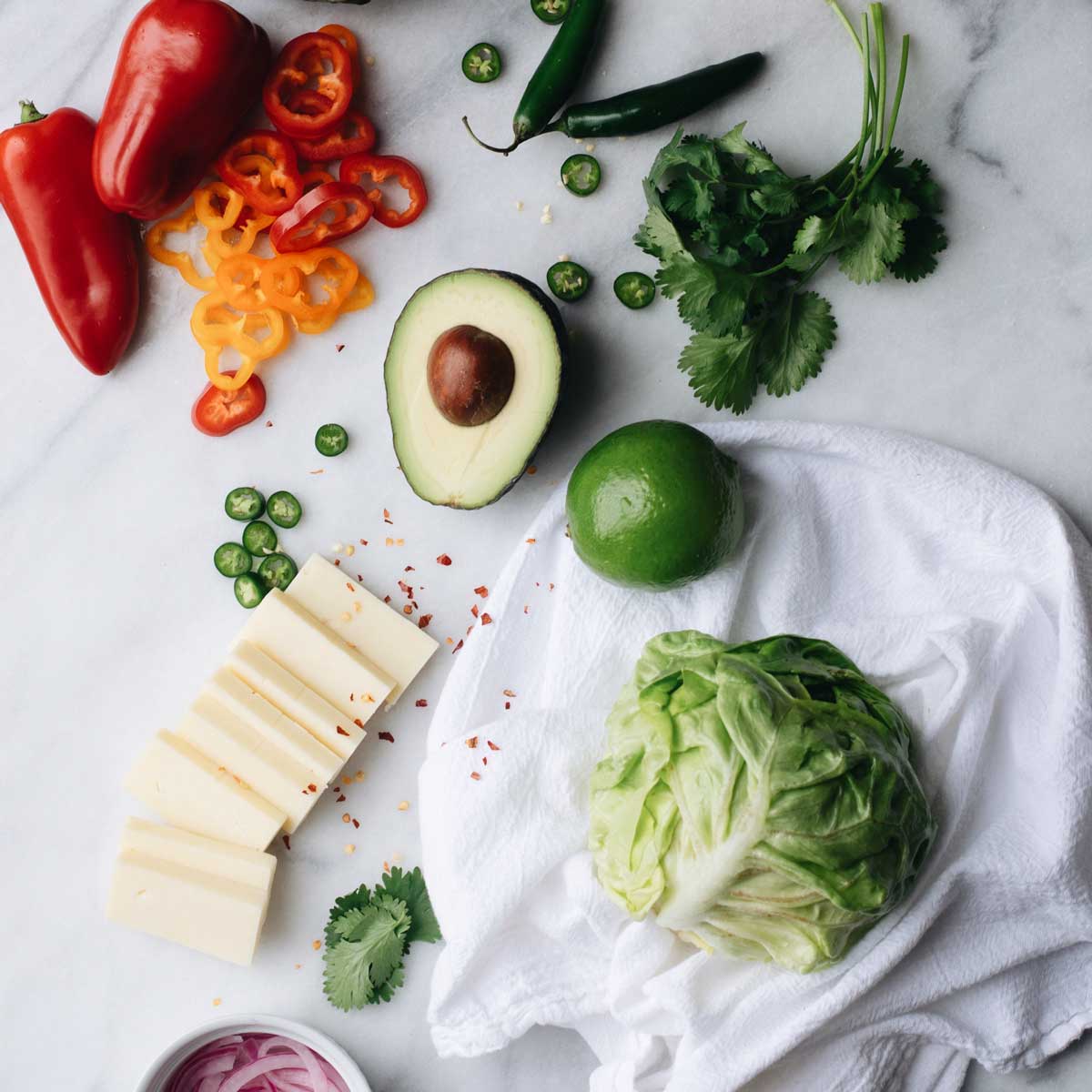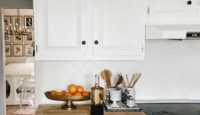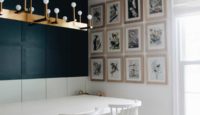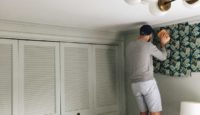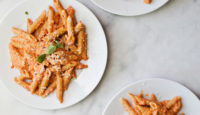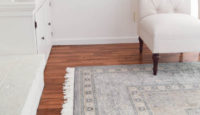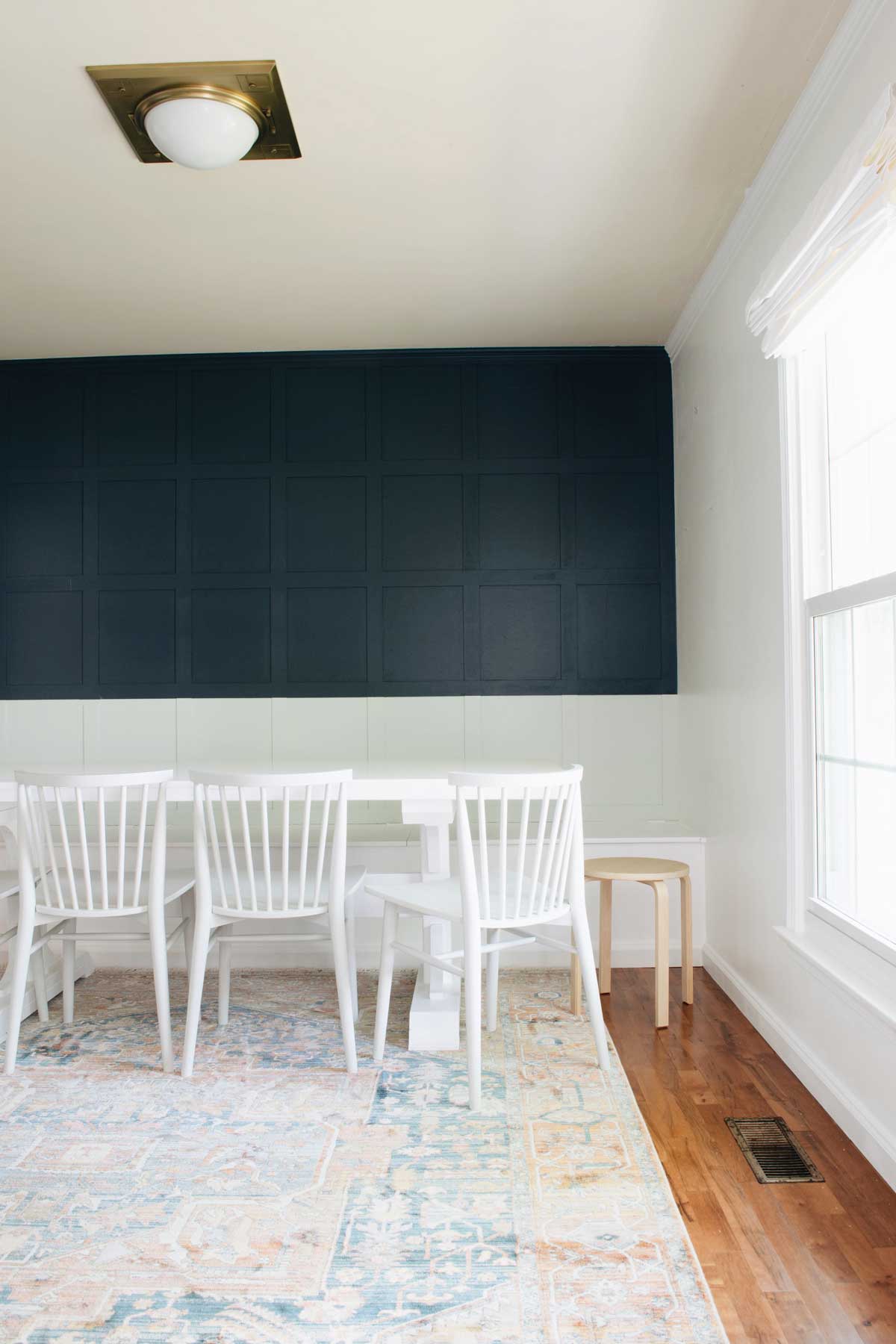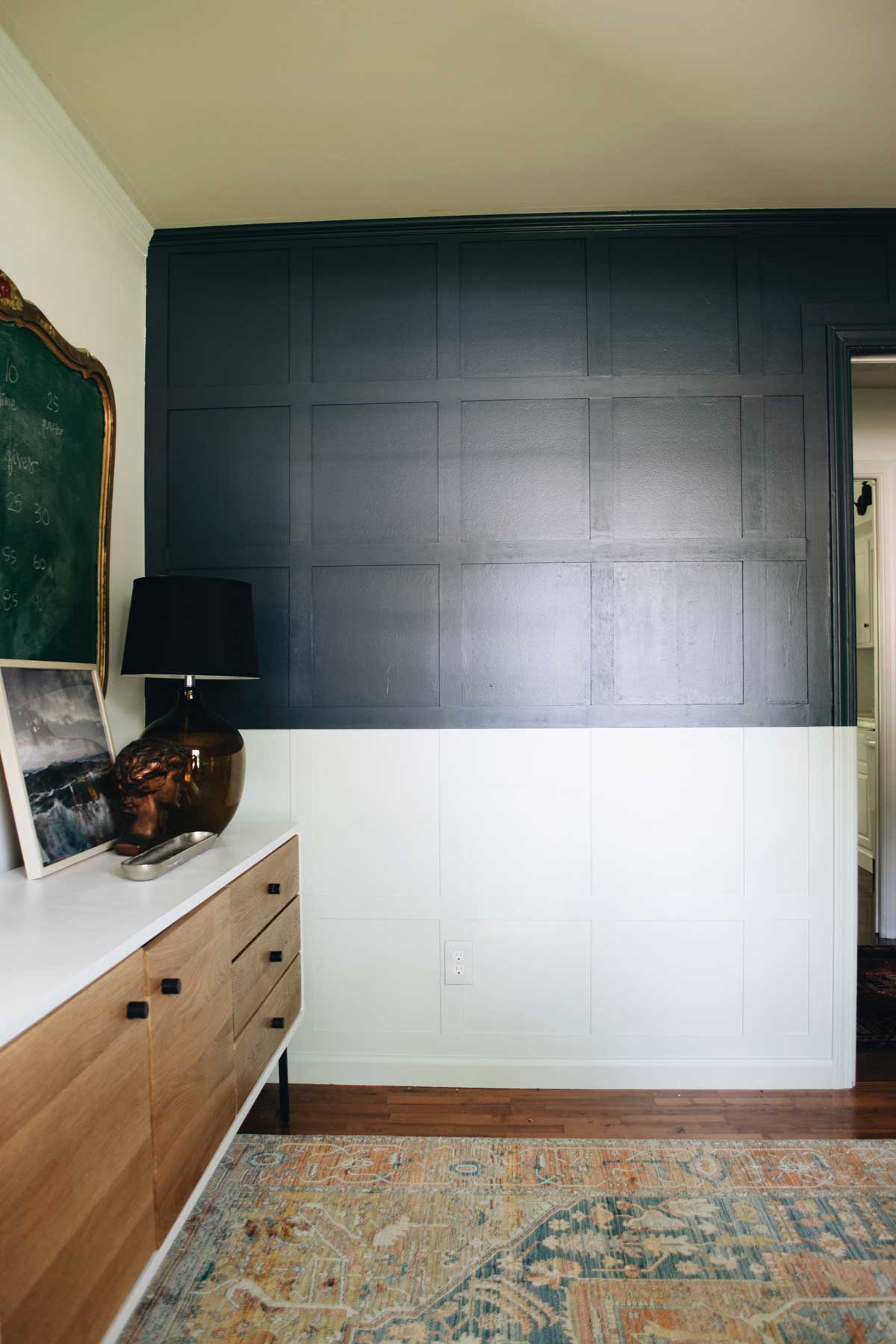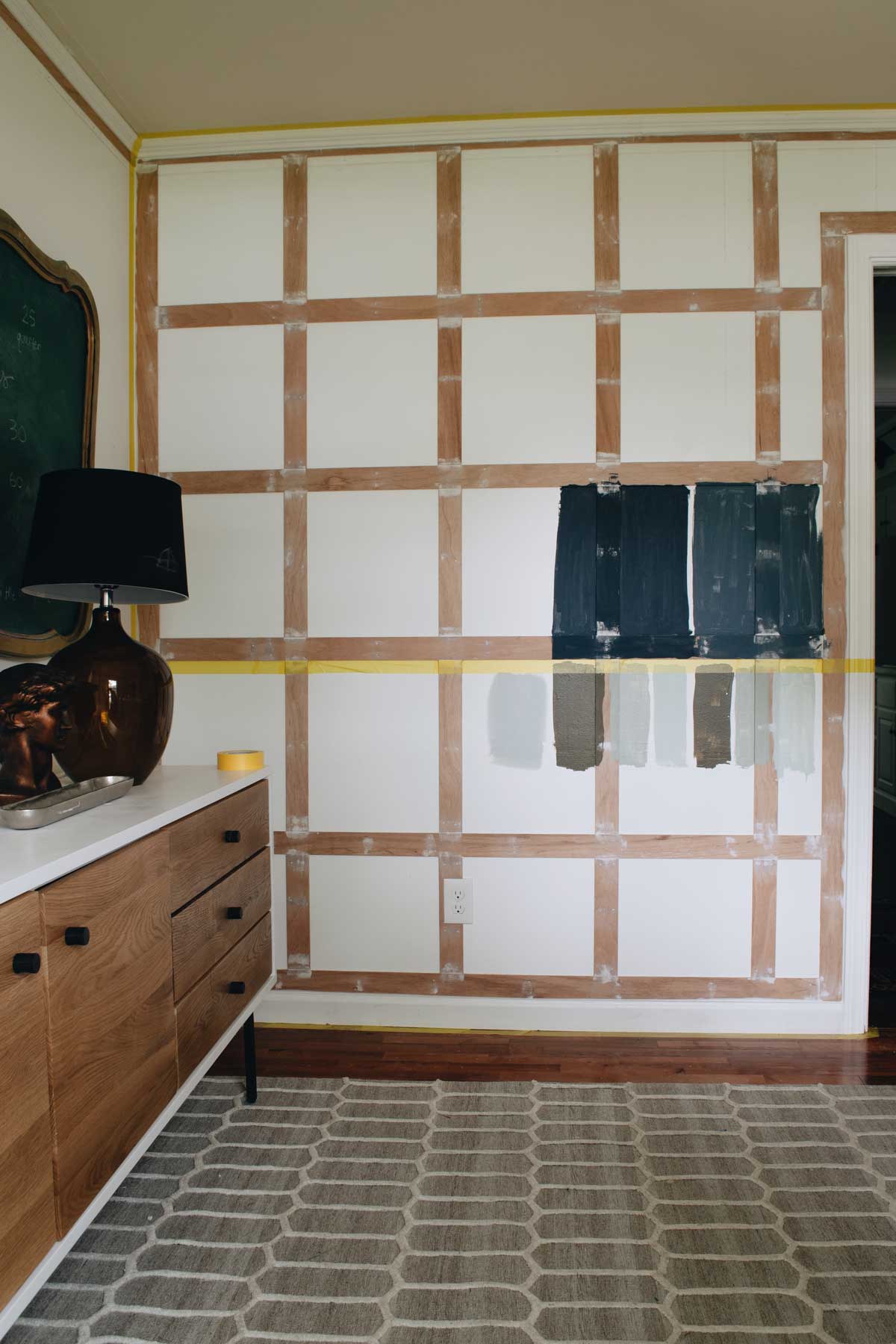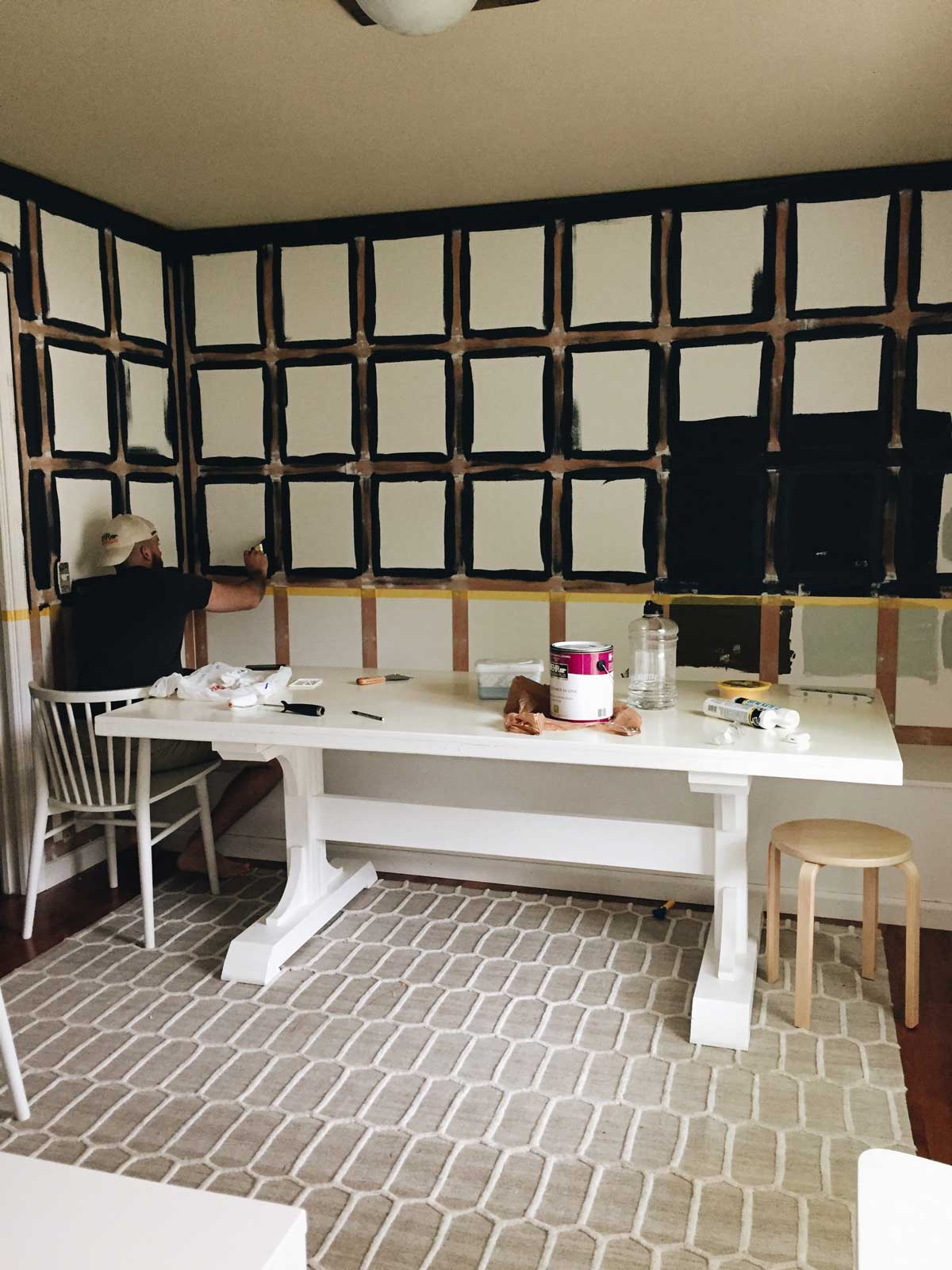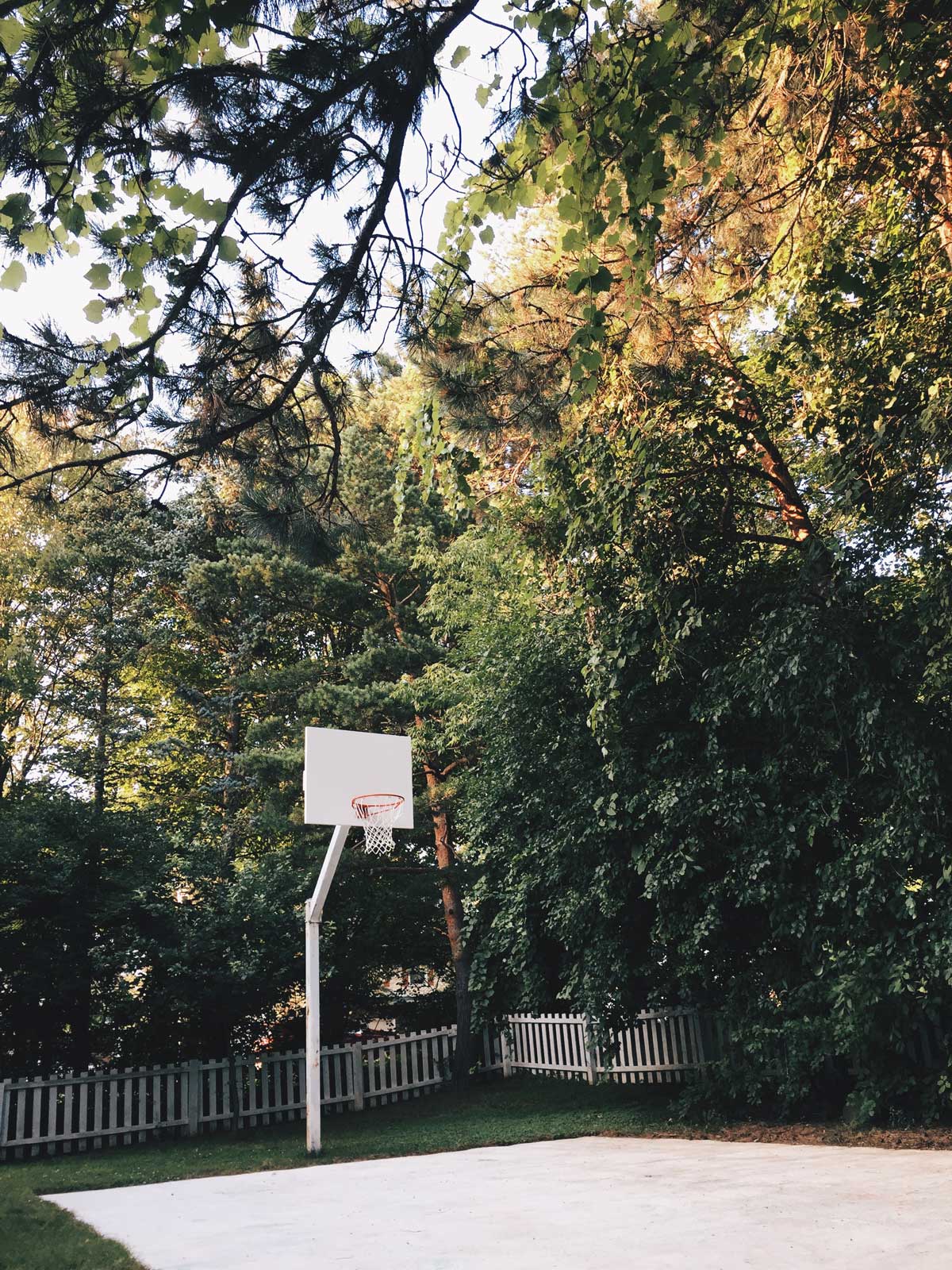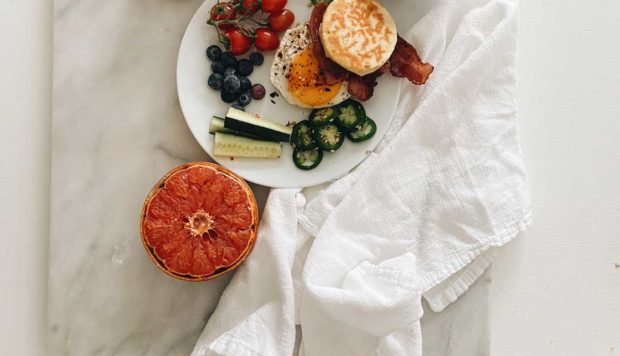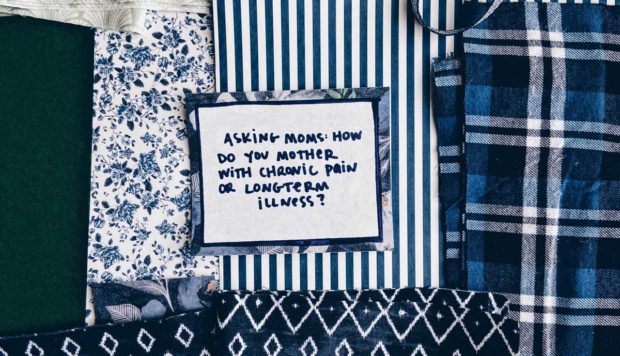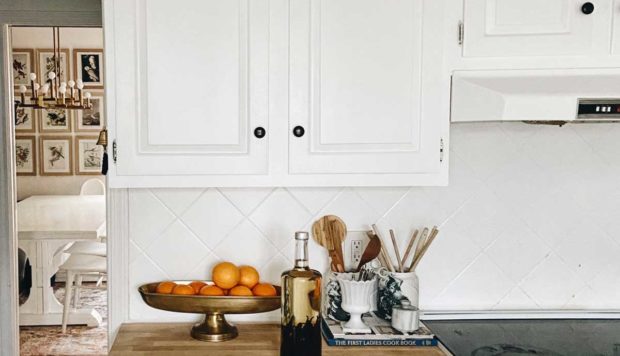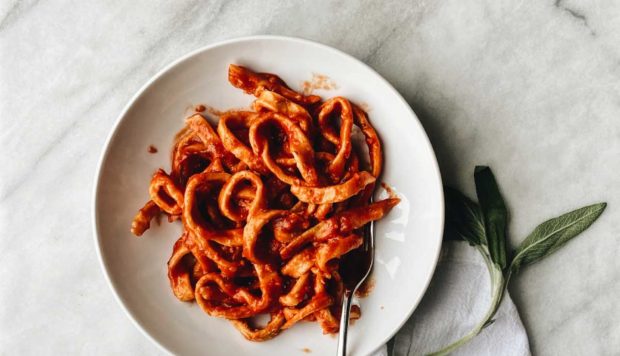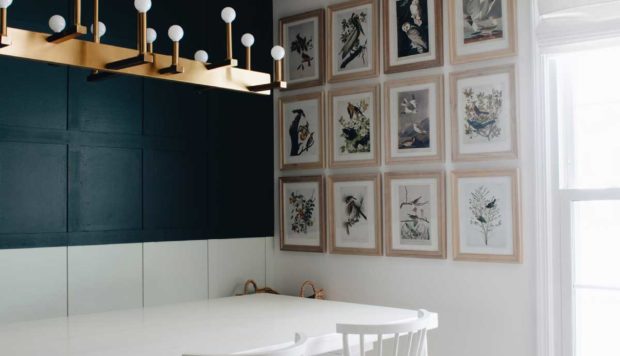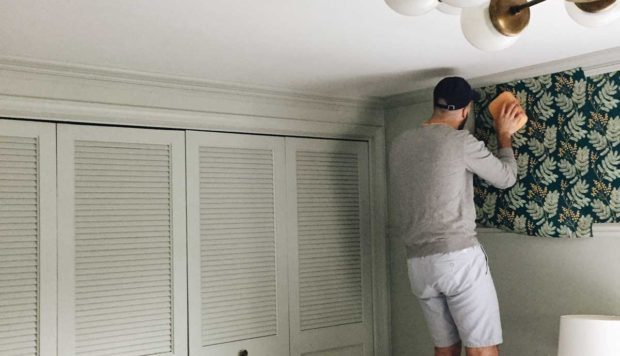As a friend of mine puts it, I don’t eat desserts, except when I do. I am sort of that way with grains. I dabble in the fruit and vegetable based lifestyle – when I feel like it. Or just when it is fun! Like doing taco night with these tortillas for something new to mix it up. They can be eaten hot or cold too! Just folding in vegetables one dish at a time. But these are good. Like, make-them-even-if-you-don’t-normally-do-grain-free level of good.
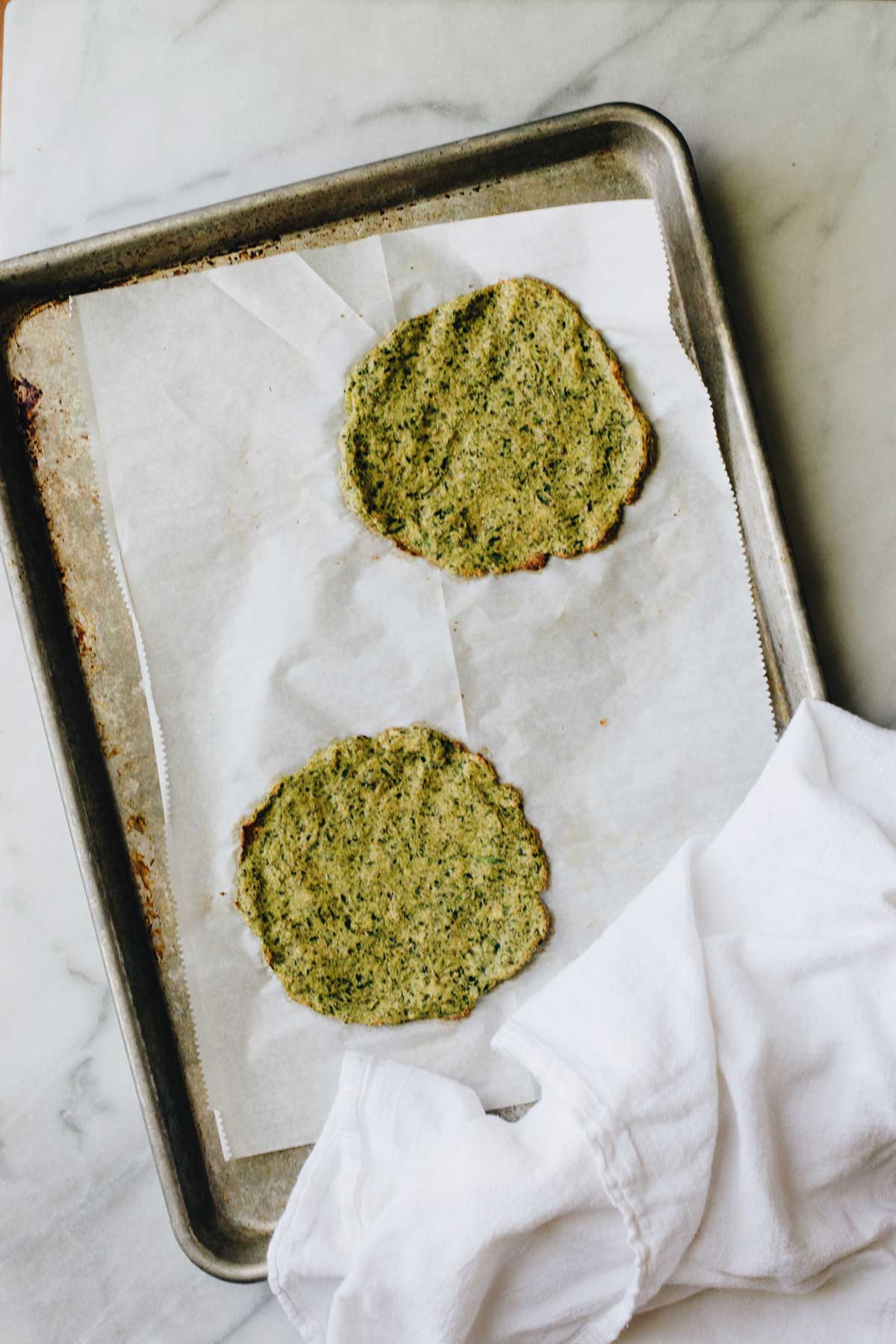
Zucchini Tortillas (No Grains or Dairy!)
Serves eight tortillas
2 cups grated and strained zucchini (about 8 small zucchinis)
2 eggs
1/2 cup almond flour
1/2 cup coconut flour
2 teaspoons oregano
1 teaspoon garlic salt
1/2 teaspoon ground pepper
Preheat oven to 350 degrees.
Stir together grated zucchini, eggs, almond flour, coconut flour, oregano, garlic salt, and ground pepper.
Divide dough into balls and place on a lined baking sheet. Press dough into a thin tortilla shape.
Bake for 20-25 minutes, until lightly browned.

- 2 cups grated and strained zucchini (about 8 small zucchinis)
- 2 eggs
- ½ cup almond flour
- ½ cup coconut flour
- 2 teaspoons oregano
- 1 teaspoon garlic salt
- ½ teaspoon ground pepper
- Preheat oven to 350 degrees.
- Stir together grated zucchini, eggs, almond flour, coconut flour, oregano, garlic salt, and ground pepper.
- Divide dough into balls and place on a lined baking sheet. Press dough into a thin tortilla shape.
- Bake for 20-25 minutes, until lightly browned.
Adapted from Sweet as Honey.

As a friend of mine puts it, I don’t eat desserts, except when I do. I am sort of that way with grains. I dabble in the fruit and vegetable based lifestyle – when I feel like it. Or just when it is fun! Like doing taco night with these tortillas for something new to mix it up.

